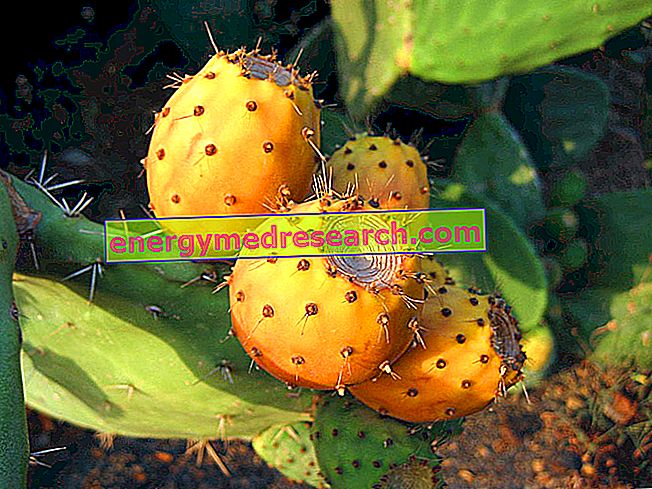
It will have happened to everyone that, due to carelessness or bad luck, on contact with a prickly pear, a Teddy Bear cactus or a Cholla cactus, some thorns remain stuck in the skin.
While in certain areas of the planet (Mexico, Australia, etc.) taking off the thorns of cacti is an almost daily operation, in Italy it represents (fortunately) a real rarity.
Not having any desert area (with some small localized exceptions) and characterized by a distribution of prickly pears concentrated on the Tyrrhenian or southern slopes, not all Italians know how to deal with this unpleasant situation.
The size of the thorns or needles of the cacti vary according to the botanical species and the position of the plant on which they grow. These, which for the most part are of a color difficult to distinguish, adhere very well to any surface they come into contact with.
To be precise, the prickly pear does not make use of only one type of plug, but two. The first are large and pointed (similar to those of acacia); pierce the skin deeply and can give rise to infections. The latter resemble more of a down, called glochids, and mainly characterize the fruits of the plant.
Below we will try to better understand how to eliminate glochids, that is the least invasive but also the most difficult to remove. Here are some simple and effective methods that do not involve the use of drugs.
Glue: It is considered the most effective way to remove cactus spikes. Sprinkling the skin with white glue (like vinavil) you can adhere with most of the glochids embedded in the skin. Then wait 5-10 minutes for it to dry and remove it completely. Glochids should remain joined to the latter by detaching from the skin. Repeat the process as necessary.
Scotch tape. It is sufficient to stick a piece of tape to the area where the cactus needles are threaded, gently press and finally tear. If necessary, repeat with other strips of adhesive tape.
Tweezers. They can take a long time but they allow you to remove all visible needles. It is advisable to place yourself in a well-lit area, better with natural light, and (if necessary) use a magnifying glass. Then, seize each needle at the base to prevent it from breaking. The use of tweezers can complete the work of the glue or adhesive tape.
Pantyhose stockings. It is difficult to remove 100% of the glochids with this technique, but it is very rapid. Roll an old pair of tights to form a small ball, then rub it back and forth on the skin. The needles of the cactus should remain attached to the pantyhose and come out of the skin. Continue as many times as necessary.
Buffing. If the glochids are on a part of the body that is not too sensitive - such as the heel of the feet - it is possible to scratch them away. This system will not pull them out, but it will break them, preventing them from giving too much trouble. It is advisable to use a pumice stone or stationery gum, rubbing them back and forth on the skin. Then rinse to remove all residues.
At the end of each of these methods it is advisable to disinfect the affected skin.



